Discover
Online customer magazine with in-depth reports, best practices, news, trends and interviews relating to the maritime and energy industries.
Browse through the latest articles
Results: 0
-
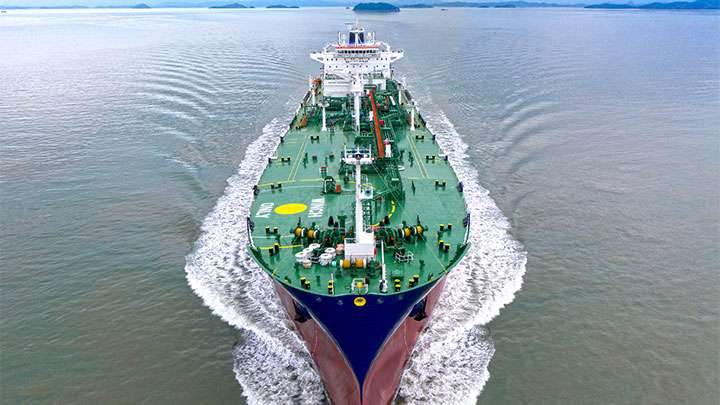
Alternative fuels trafigura
Alternative fuel expert Rasmus Bach Nielsen reveals how a carbon levy willl unlock the potential of e-fuels.
-
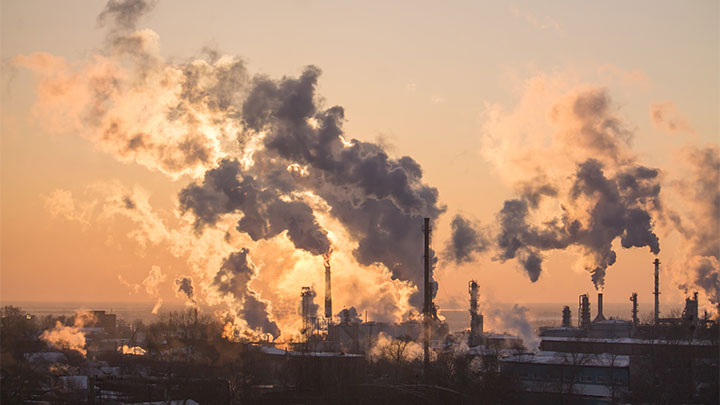
Inflation reduction act CCUS
The Inflation Reduction Act provides increased funding for climate efforts in the U.S. spurring manufacturers to increase production of green technologies including CCUS.
-
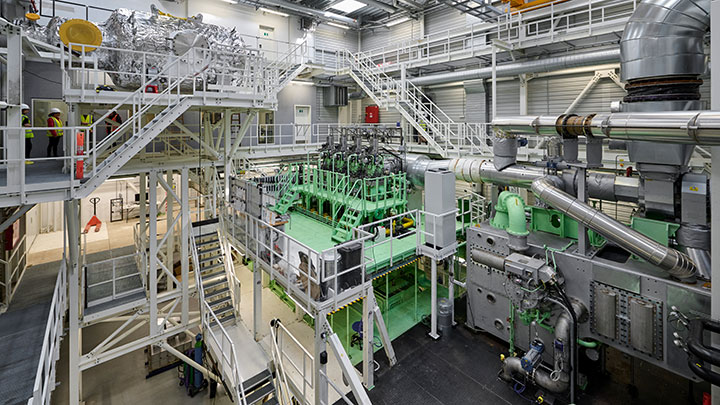
Ammonia engine testing
Engineers are developing a two-stroke, dual-fuel ammonia engine that can reduce a ship’s emissions to zero.
-
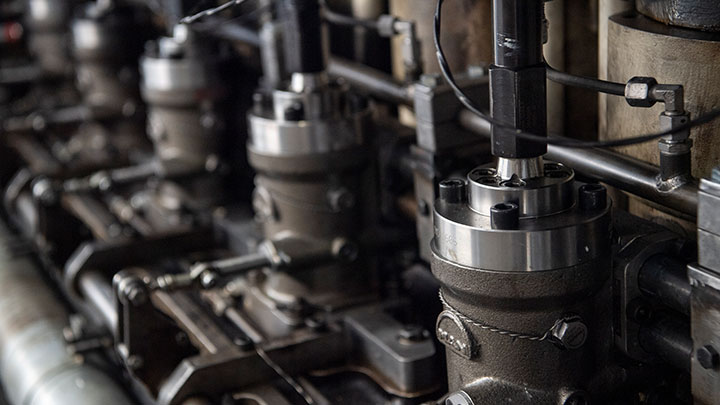
Methanol GenSet
Engineers in Denmark are making shipboard power low-emission with the developing of a four-stroke methanol engine.
-
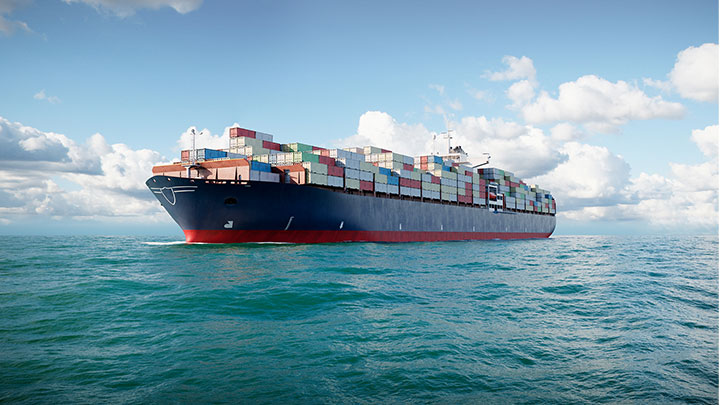
Shipping Decarbonization Study
With revised IMO targets, a new MAN Energy Solutions’ study looks at the best technological and financial options to decarbonize maritime transportation
-
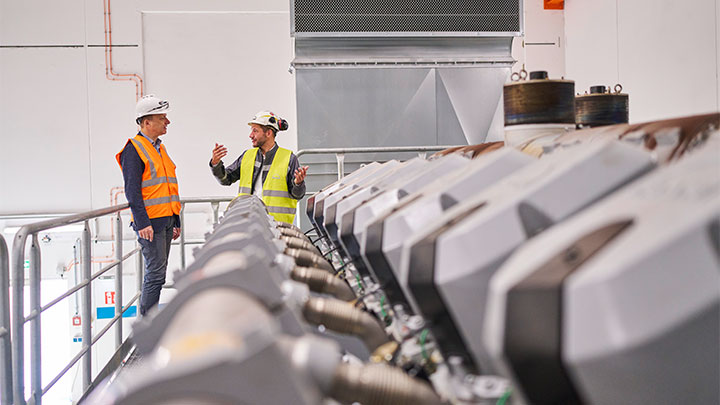
Gas engine power plant in Chemnitz
Find out how two gas engine power plants in Chemnitz, Germany, are cutting CO2 emissions by 60 percent and paving the path for a carbon-free future.
-
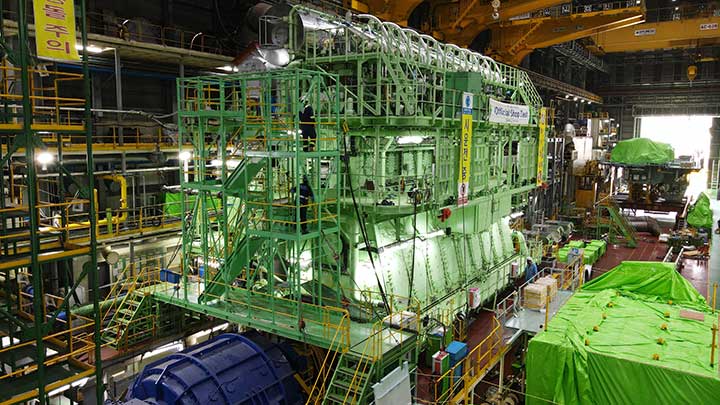
Methanol fueled ships
Sustainable shipping starts now. Find out more about the first large-scale engines for container ships run on green methanol.
-
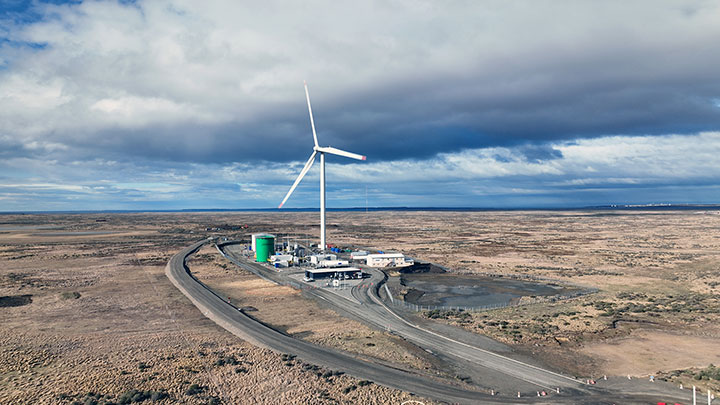
Haru Oni e-fuels
The Haru Oni demonstration plant could pave the way for a viable alternative to fossil fuels: It produces synthetic e-fuels from hydrogen that can help the fight against climate change. MAN Energy Solutions provided the e-methanol reactor to the plant.
-
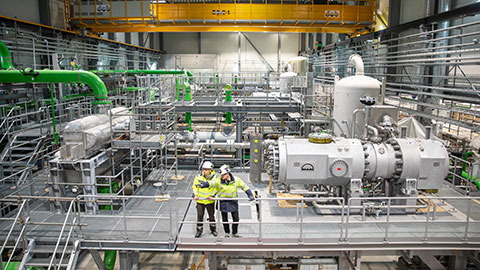
Esbjerg Heat Pump
How a seaport town in Denmark is decarbonizing district heating with seawater and large-scale industrial heat pumps.
-
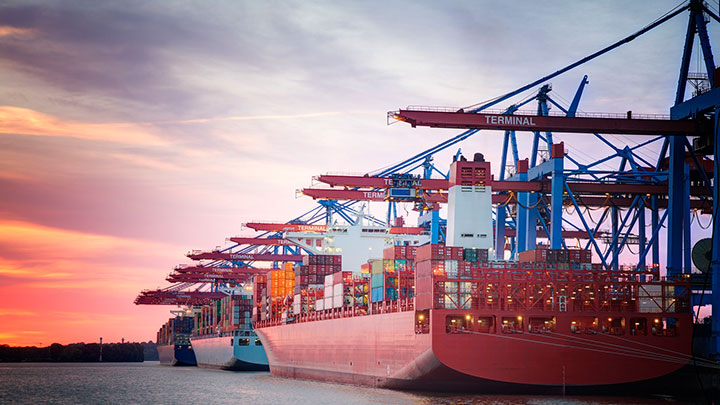
Upgrading your fleet for future fuels
MAN Energy Solutions experts on the climate impact and business case for converting ships to dual-fuel engine operation.
-
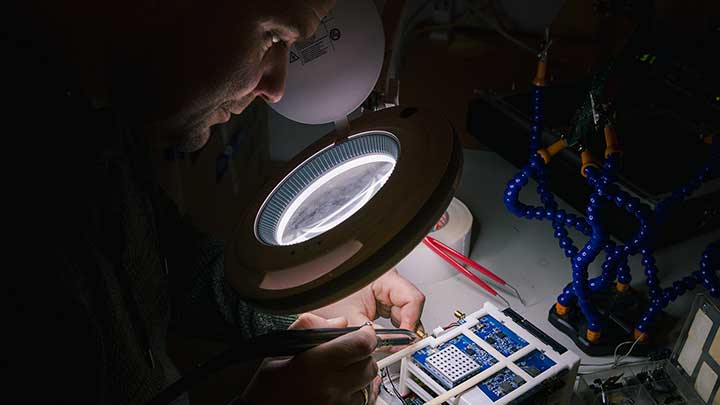
Ethical hackers
MAN Energy Solutions takes a security-first approach to their products, employing ethical hackers like Felix and Nico Lindner at Recurity Labs to uncover vulnerabilities throughout the development and operation of their products.
-
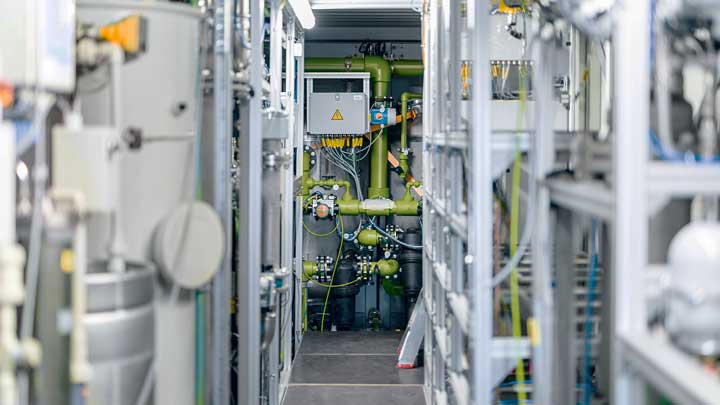
H-TEC SYSTEMS: The hydrogen electrolyzer pioneer
Under new leadership, PEM electrolysis pioneer H-TEC SYSTEMS is scaling up electrolyzer production to meet the growing demand for green hydrogen.
-
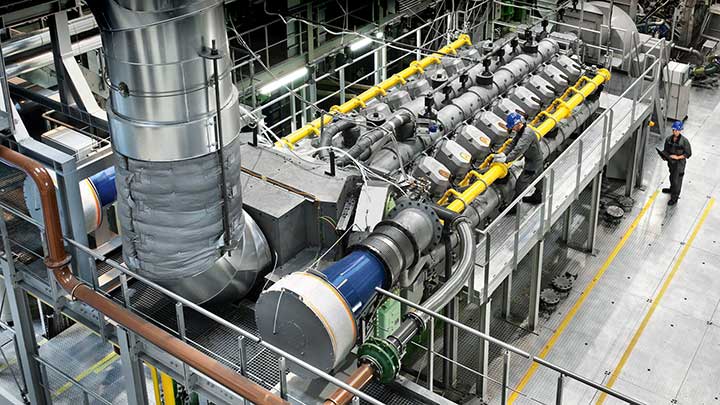
Buildung a hydrogen engine
MAN Energy Solutions expert Matthias Auer on developing hydrogen-capable, gas-fired engines for power plants.
-
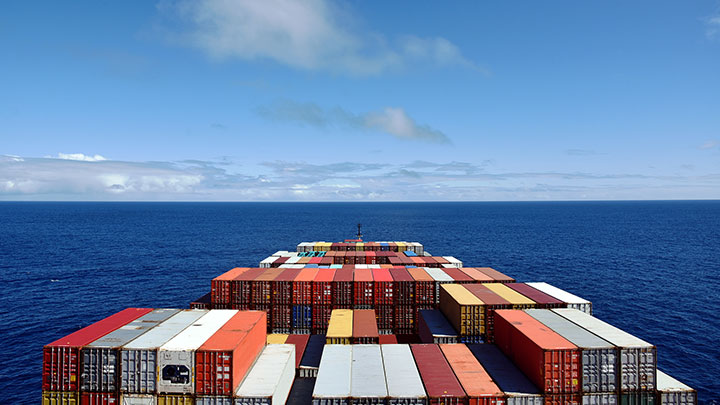
shipping-emission-overshoot
Shipping is annually making large withdrawals on the carbon budget – so large they probably cannot be caught up.
-
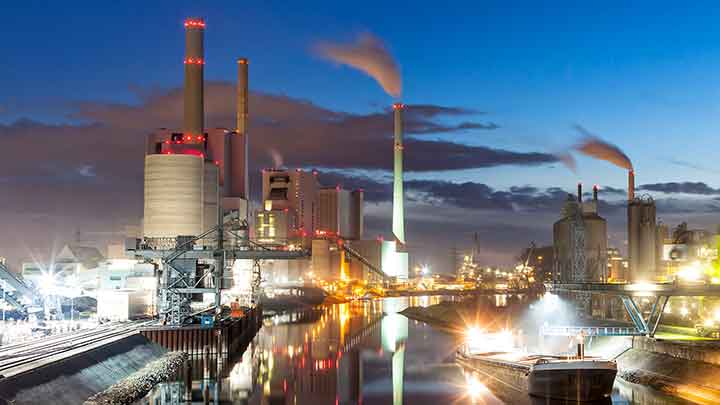
bellona-carbon-capture-storage
Carbon Capture and Storage is one of the necessary building blocks to achieve carbon-neutral industry, says Erika Bellmann of NGO Bellona.
-
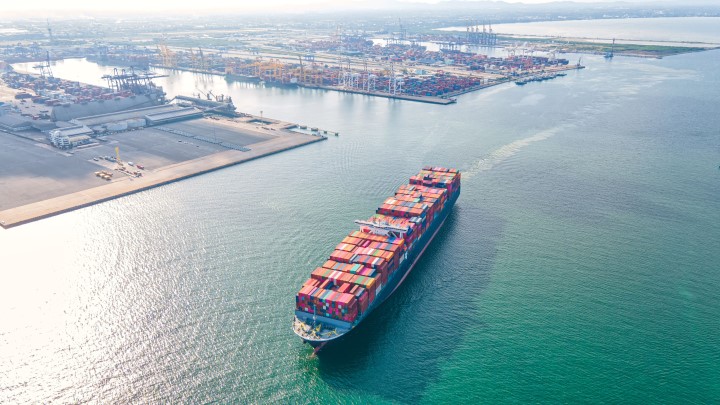
The route to climate-neutral shipping
Volker Quaschning, Johannah Christensen and Christopher Hebling address solutions to decarbonize maritime shipping with e-Fuels.
-
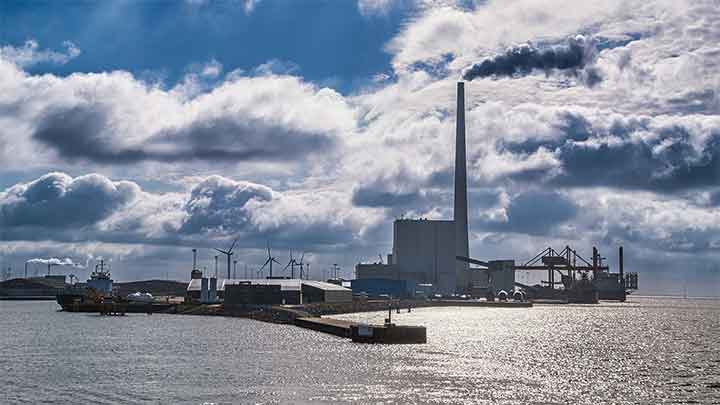
ETES heat pump
Danish utility DIN Forsyning is using an innovative solution with new ETES heat pump technology to decarbonize heating for an entire town.
-
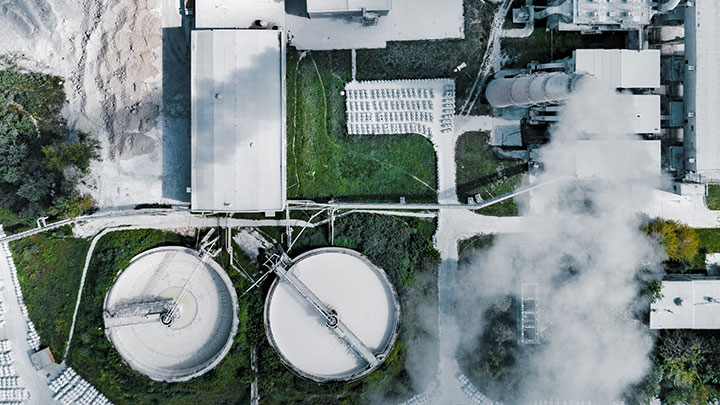
Carbon capture utilization storage
Carbon capture, utilization and storage will become more important for the energy transition as unavoidable emissions move to the forefront of discussions.
-

Learning from machines
The autonomous operation of turbomachinery, assisted by machine learning and remote diagnostics, will boost efficiency and help decarbonization.
-
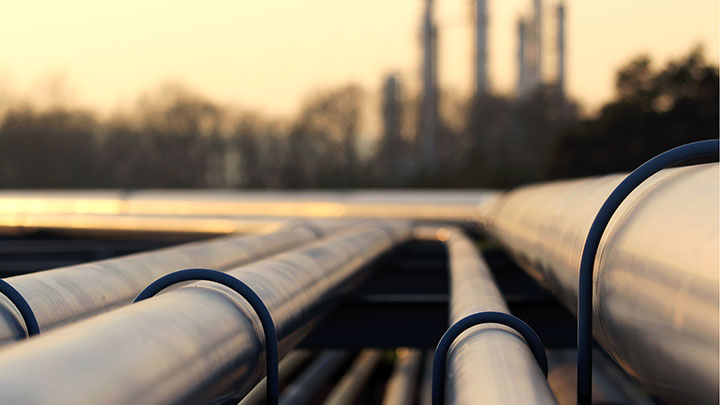
Creating a cleaner fuel
Synthetic natural gas (SNG) and methanol can bring renewable energy to sectors where direct electrification isn’t possible or practical. Here’s how they’re made.
-
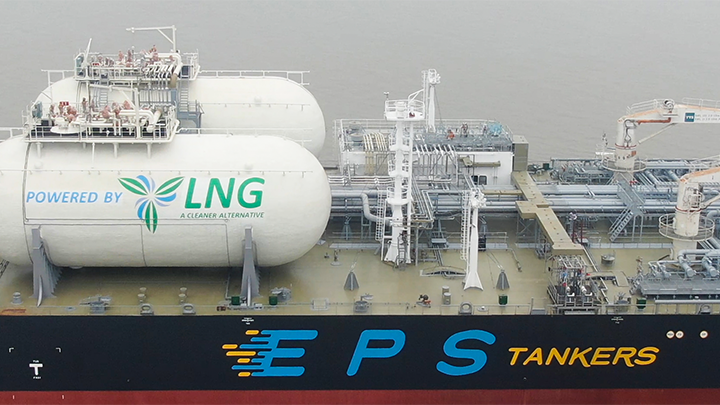
Sustainability is a mindset
Eastern Pacific Shipping’s COO Capt. Anil Singh reveals how the shipping giant is cutting greenhouse gas emissions with newbuilds and retrofits for alternative marine fuels.
-
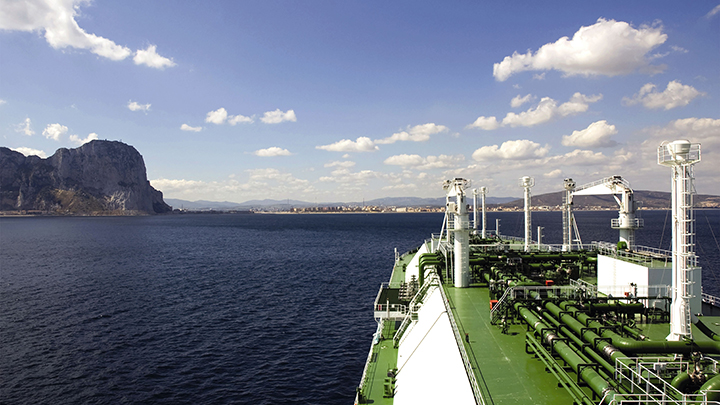
Can methane slip be controlled
MAN Energy Solutions expert Gunnar Stiesch tells us how we can reduce methane slip in two-stroke and four-stroke engines for cleaner shipping with LNG.
-
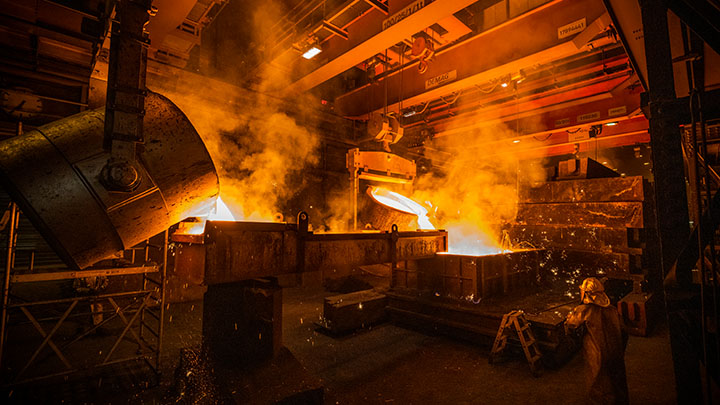
An ancient craft with modern technology
The MAN Energy Solutions foundry, now open to outside customers, specializes in casting up to 120- ton large iron parts.
-
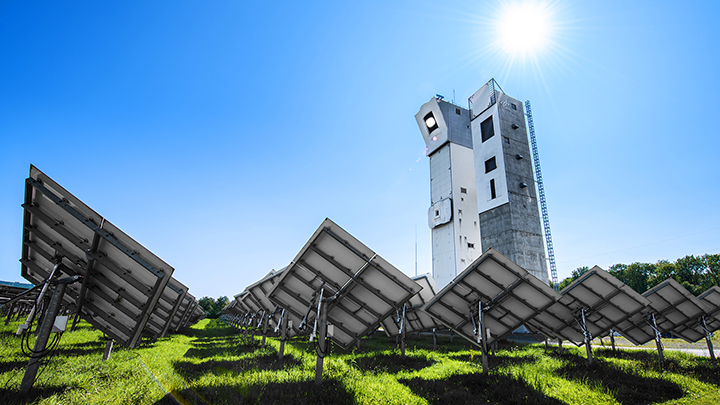
Put a little salt in your energy mix
The concentrated solar power project in Jülich, Germany, adds a second solar tower with a molten-salt receiver and storage solution for dispatchable renewable energy.
-
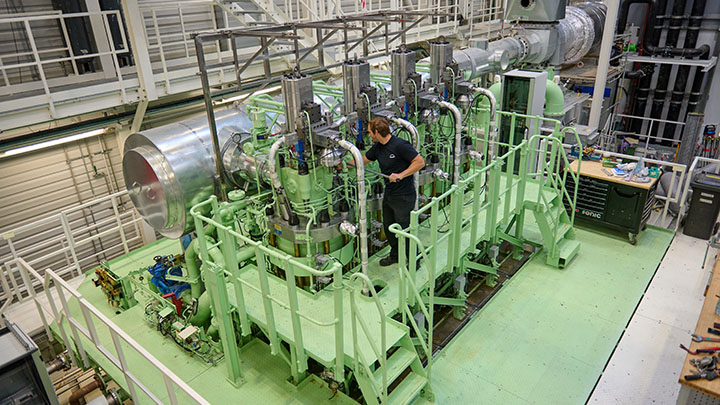
Making the maritime energy transition
The work being done on carbon-neutral engines at the Research Centre Copenhagen in Denmark is crucial for the maritime energy transition.
-
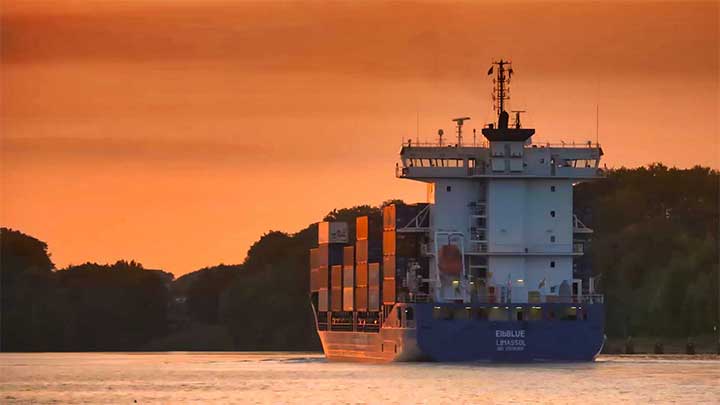
A new milestone towards sustainable shipping
In a technical showcase the ElbBLUE became the first container ship worldwide to use climate-neutral synthetic natural gas on a commercial trip.
-
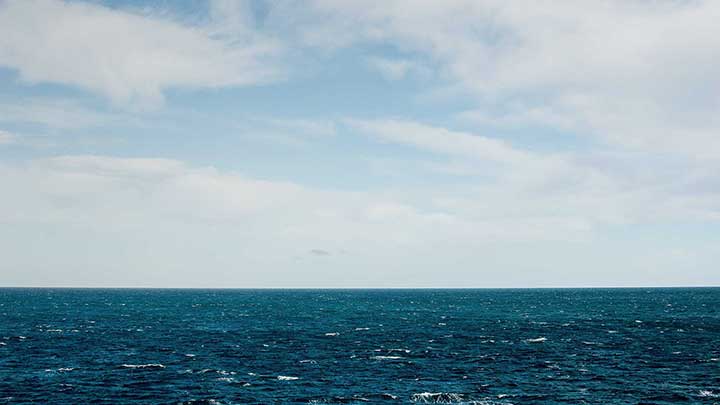
The benefits of methanol
What makes methanol so attractive for the maritime energy transition? MAN Energy Solutions fuel expert Kjeld Aabo explains.
-
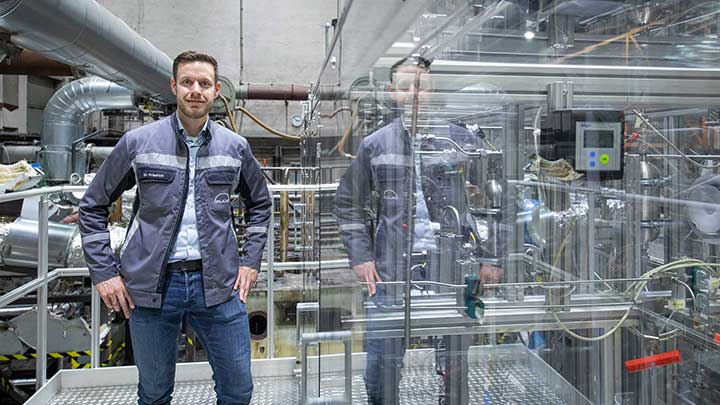
Designing the engines of the future
The time is ripe for the sustainable engine solutions of the future. Here’s how MAN engineers are developing engines running on green fuels.
-
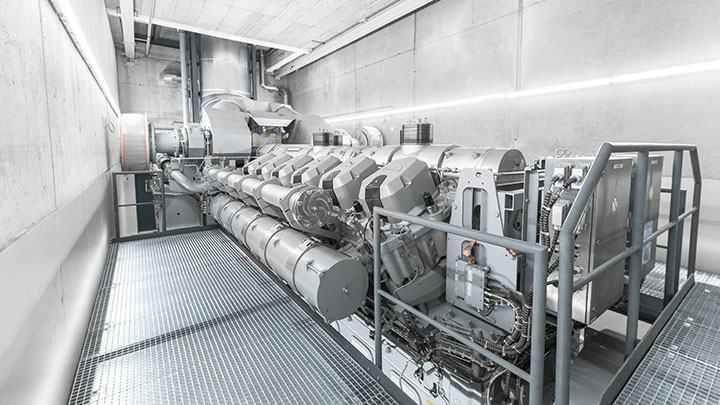
Combined Heat and Power systems for the future
How combined heat and power plants support a German city to reach its target of climate-neutral power and heat generation until 2035.
-
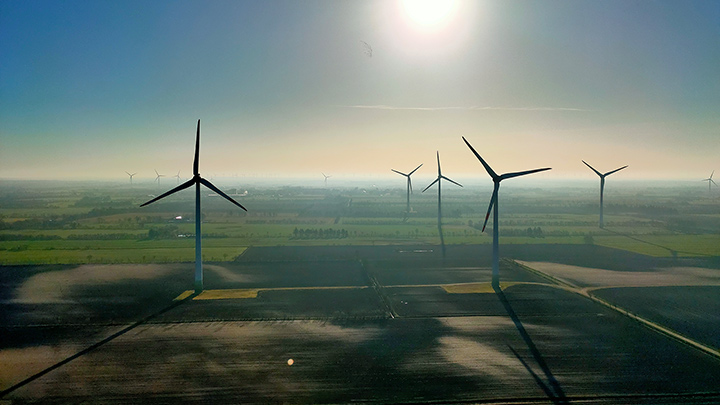
Heating up renewable energy storage
Energy-expert Professor Manfred Wirsum on decarbonizing how we heat and cool the places where we live and work.
-
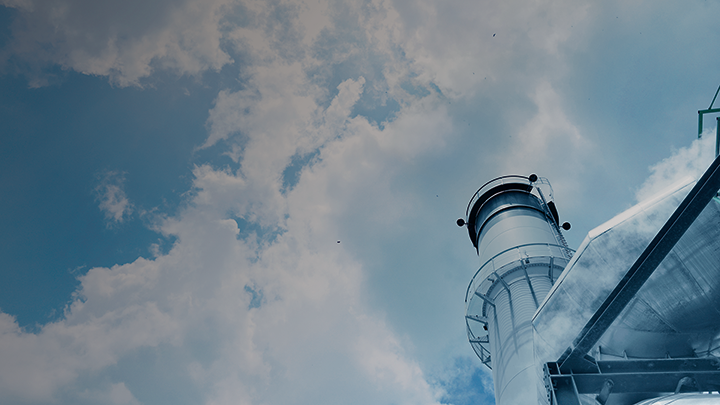
The art of sustainable production
Behind the practices making climate protection a fundamental part of our manufacturing.
-
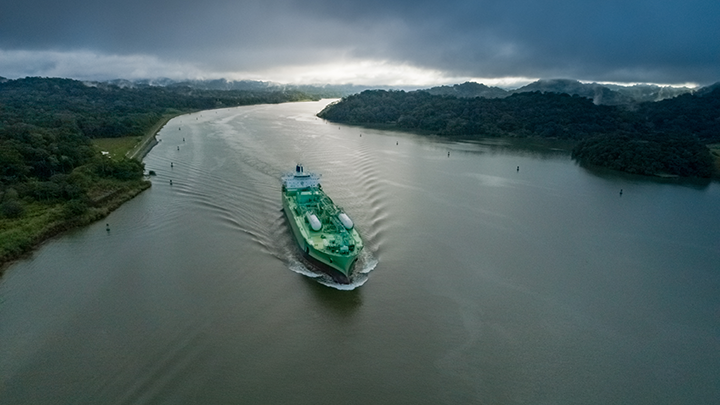
LPG makes waves in green shipping
Pontus Berg of BW LPG talks about retrofitting vessels with greener dual-fuel LPG engines.
-
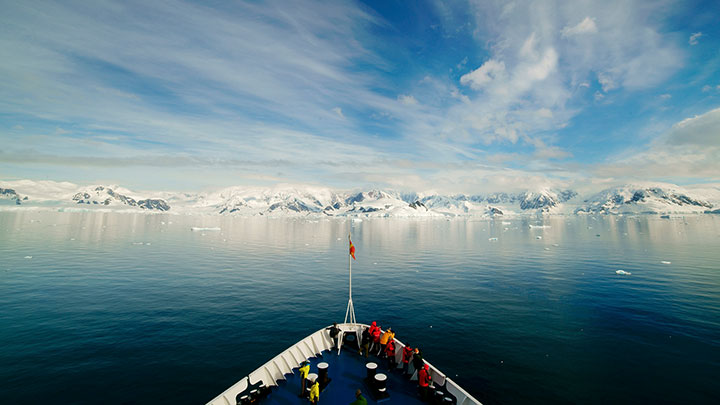
The cost of zero-emission shipping?
Global Maritime Forum’s Johannah Christensen on e-fuels, Covid-19 and a trillion dollar investment.
-
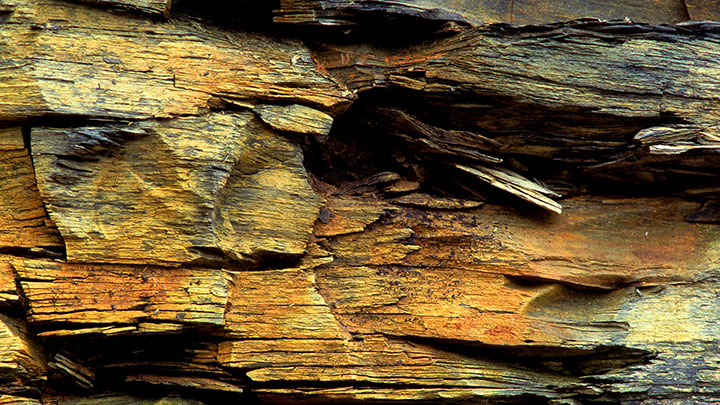
Storing carbon emissions underground
Canada’s first commercial CO<sub>2 </sub>capture and storage facility shows industry how to reduce emissions.
-
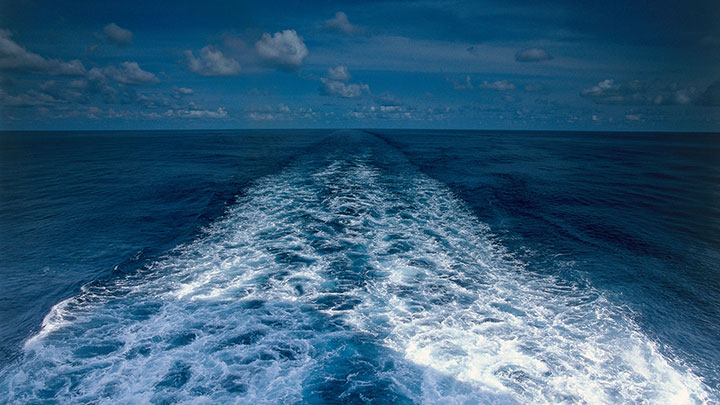
What the future holds for shipping
Can shipping halve emissions by 2050? We look at four scenarios with four very different outcomes.
-
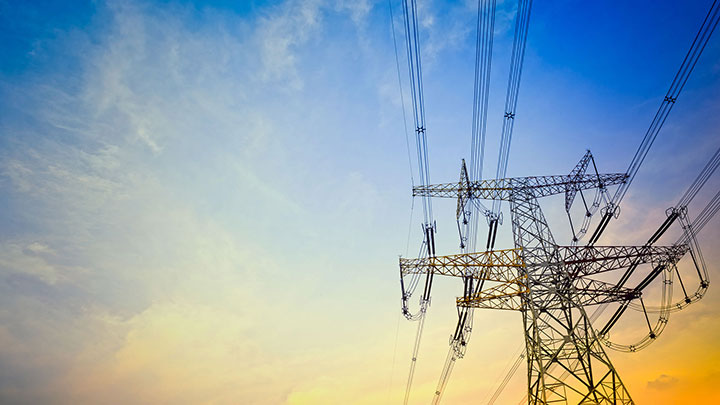
Energy management for a smart planet
As power systems become more complex, here’s how industries can manage future energy needs.
-
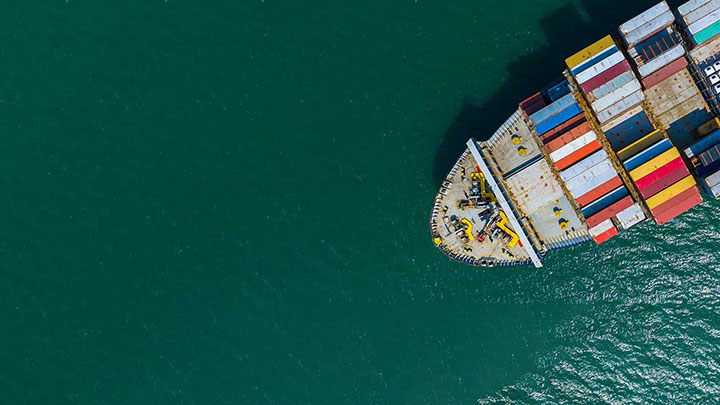
The case for two-stroke ammonia engines
Why newbuild and retrofit ammonia engines are key for the maritime energy transition.
-
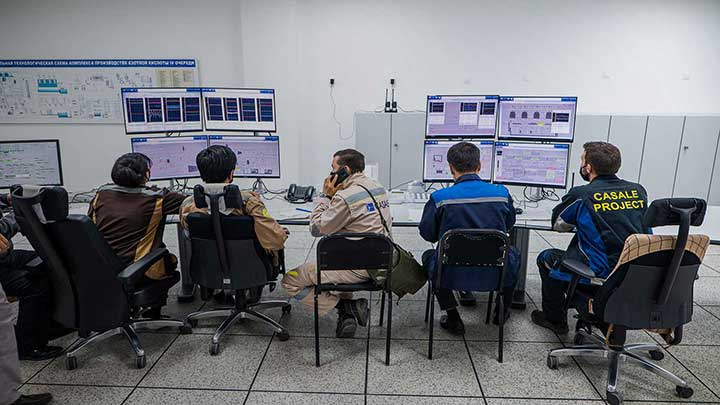
Commissioning goes digital
When the pandemic forced engineers off site, they launched a historic remote commissioning operation.
-

Sun and wind in Africa are the new oil
Why tapping Africa’s vast renewable energy resources would be an economic boom for the continent.
-

The green fuels of Africa
How hydrogen won from Africa’s vast wind and solar resources can revitalize the energy transition.
-
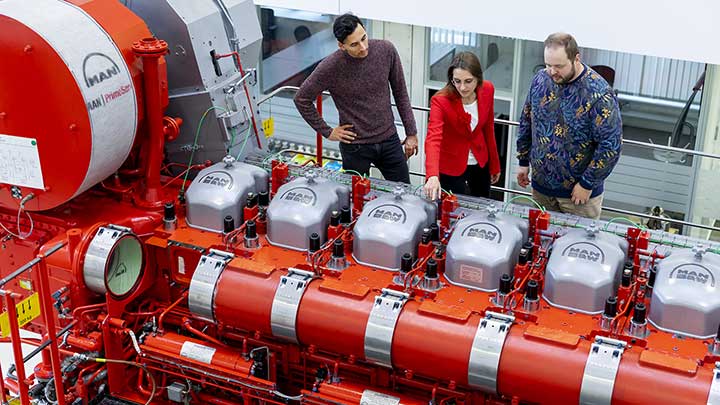
Why digital experts love industry
Young professionals on working at the frontline of digitalization in mechanical engineering.
-
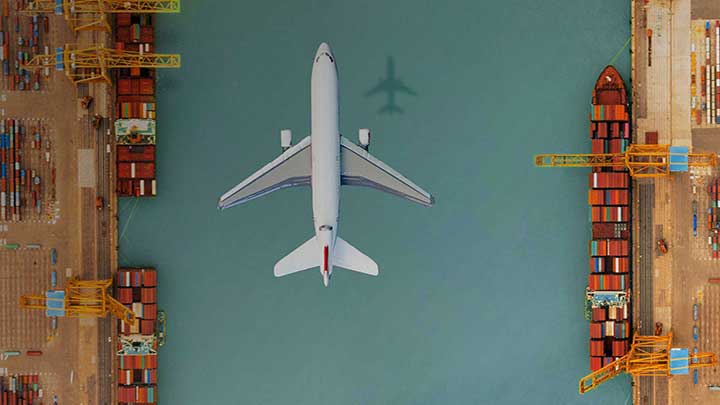
Welcome to a new green hydrogen economy
Hard to electrify? Why scaling up Power-to-X will provide massive immediate carbon reductions.
-

The many forms of decentralization
Hybrids, CHPs and peaker plants: How decentralized power generation brings reliable, cleaner energy.
-
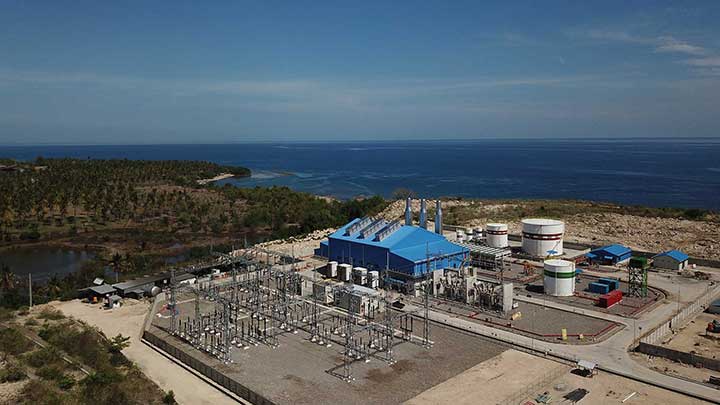
How to build a power operation from scratch
MAN experts tell what it takes to create new plants on Indonesian islands far off the beaten track.
-

Powering this side of paradise
What does electricity mean to islanders in Indonesia? We traveled to remote Sumbawa to find out?
-
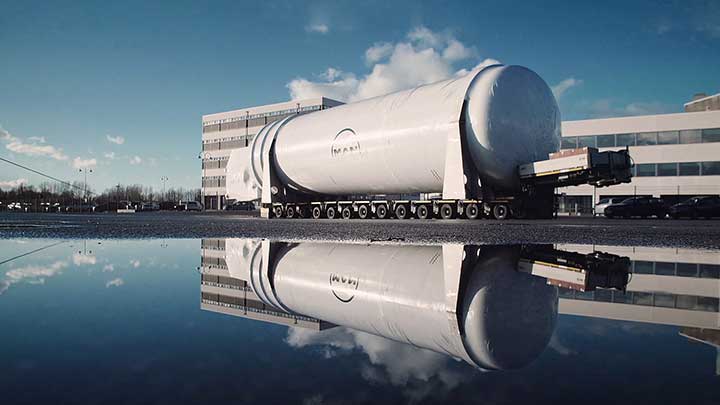
FROZEN – The world of cryogenic fuels
Meet the Swedish cryogenic-fuel experts that are having fun greenifying shipping
-
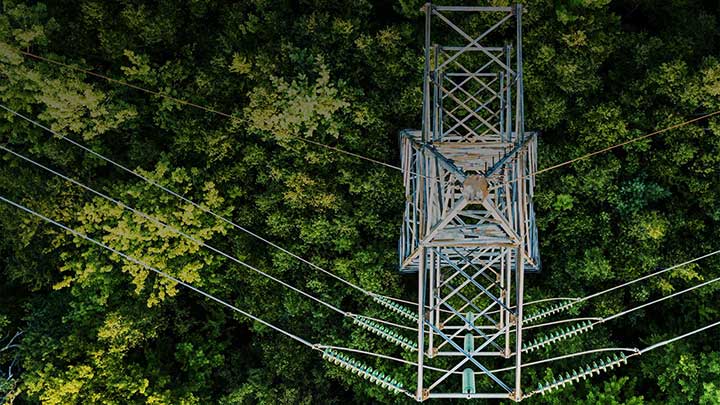
How to store sustainability
No sun or wind? No problem. Here’s how zero-carbon energy storage tech will drive decarbonization.
-
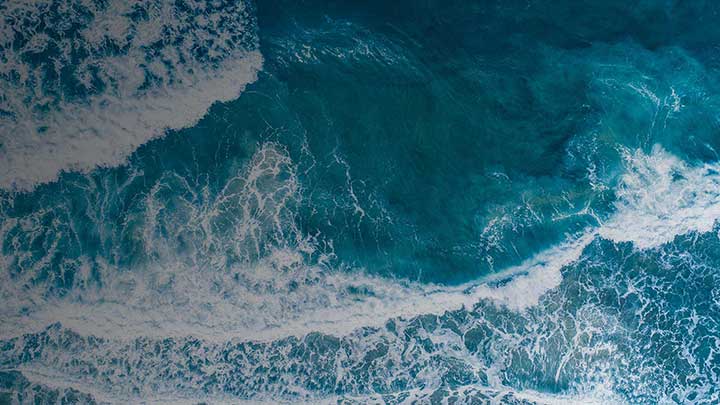
Climate change strategy for shipping
What ship owners, builders and regulatory agencies can do to cut emissions in shipping by 50 percent.
-
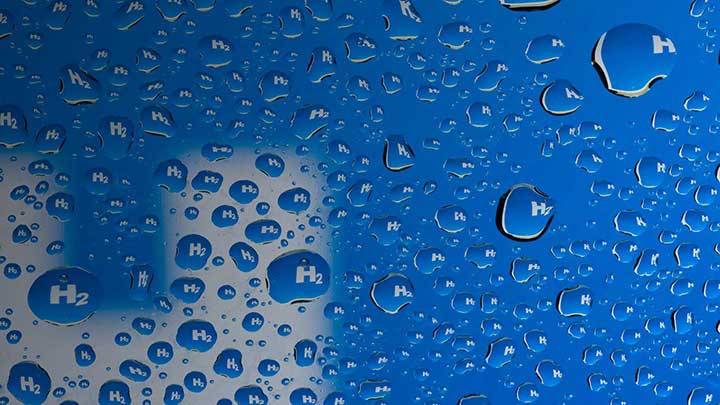
Here comes the green hydrogen boom?
The International Energy Agency’s Timur Gül on e-fuels and how we’ll bring them to scale.
-
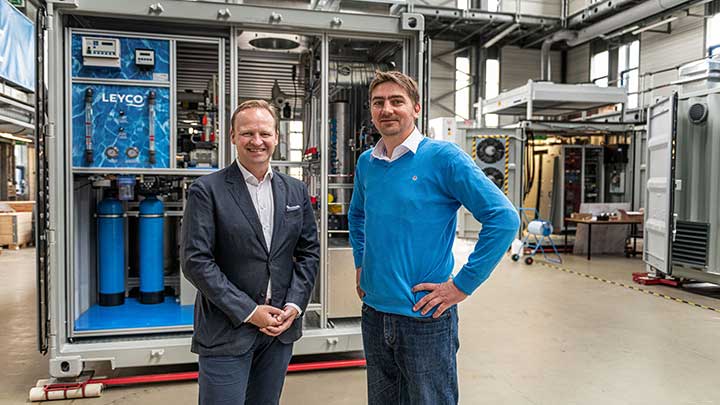
The art of green hydrogen
For decades this company has been perfecting the tech that turns renewables into green hydrogen.
-

When cars cross oceans
200 meters long and 13 car decks high these new mammoth car carriers run on LNG.
-
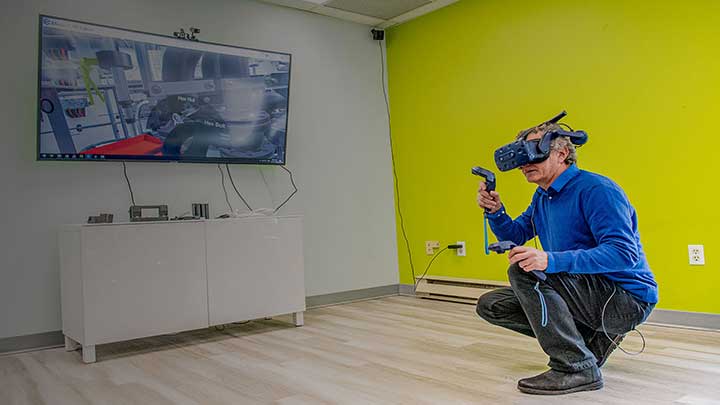
Augmented reality for Canadian seafarers
Spend an hour inside the Royal Canadian Navy’s virtual reality training for their new patrol ships.
-
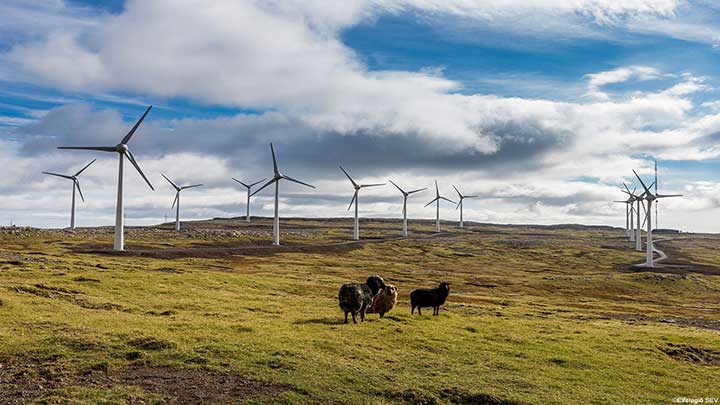
Shining a light on a smart island
How the remote Faroe Islands are using a microgrid to become 100 percent green in the next decade.
-
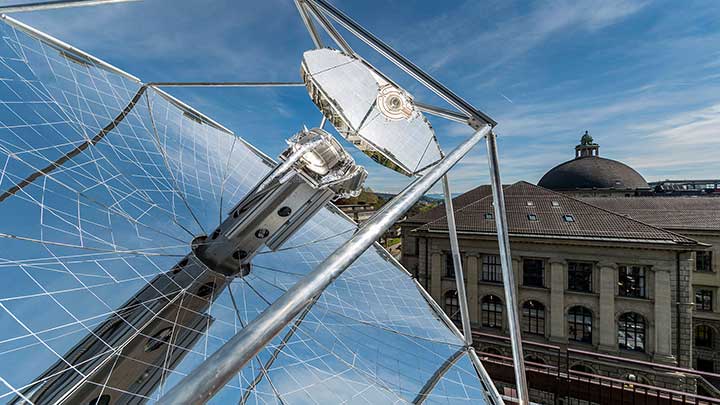
Making fuel from sunlight and air
This mini-refinery above the rooftops in Zurich captures carbon and solar power to create clean fuel.
-
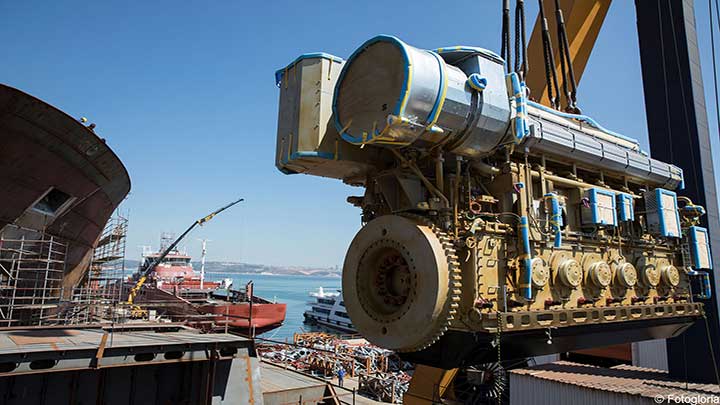
Climate-friendly engines go fishing
The first LNG-powered fishing trawler nets industry attention for its big emission reductions.
-
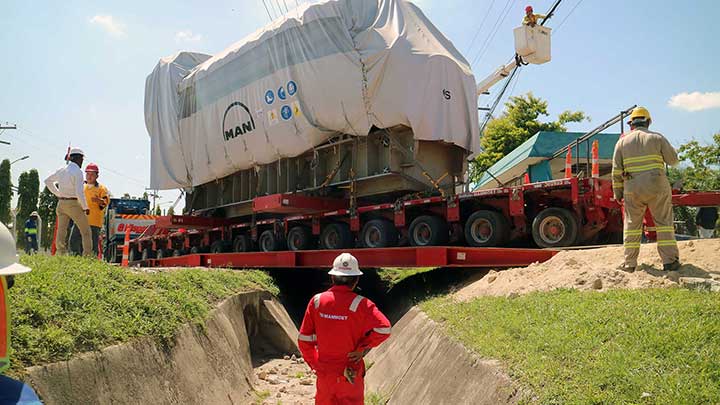
The journey of a 325-ton engine
CHP engines bring steam, power and efficiency to the heart of a booming Honduran textile industry.
-
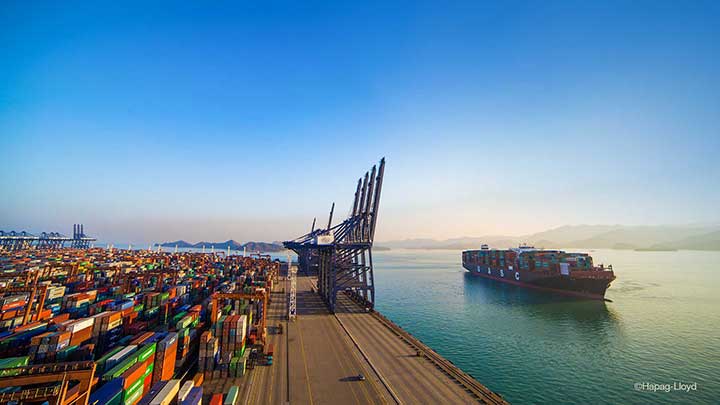
How can we decarbonize shipping?
Hapag-Lloyd’s Richard von Berlepsch on climate change, clean oceans and LNG for cargo ships.
-
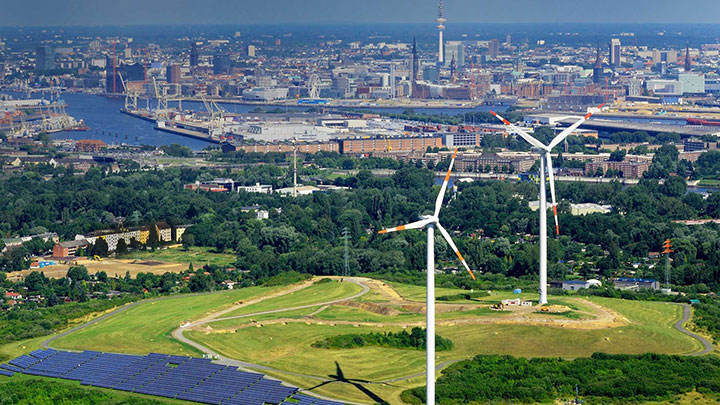
City sees energy systems as a whole
Can the German city of Hamburg become a model for the sustainable city of the future?
-
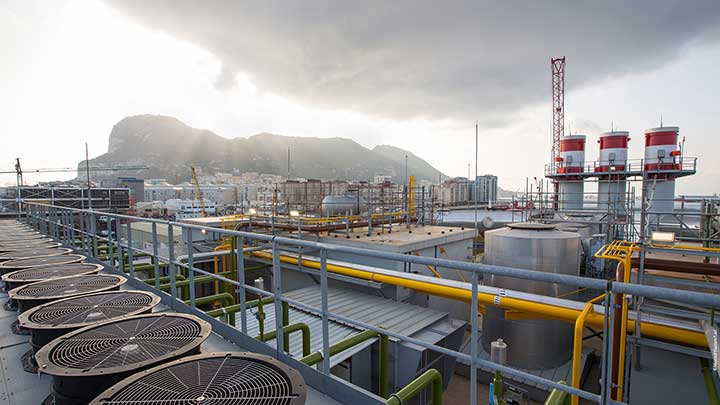
Cleaner energy for Rock of Gibraltar
When Gibraltar upgraded its nearly 40-year-old power system, they opted for a unique LNG solution.
-
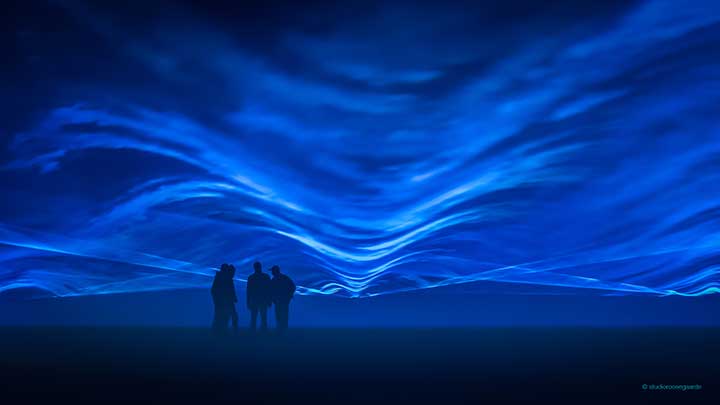
Designs for a livable future
Giant kites and smog-sucking towers: Can socially-oriented designs create a more sustainable world?
-

Automated subsea platform for deepwater compression
The world’s first subsea compression system has revolutionized oil exploration; learn how automation and digitalization make it cleaner and more efficient.
-
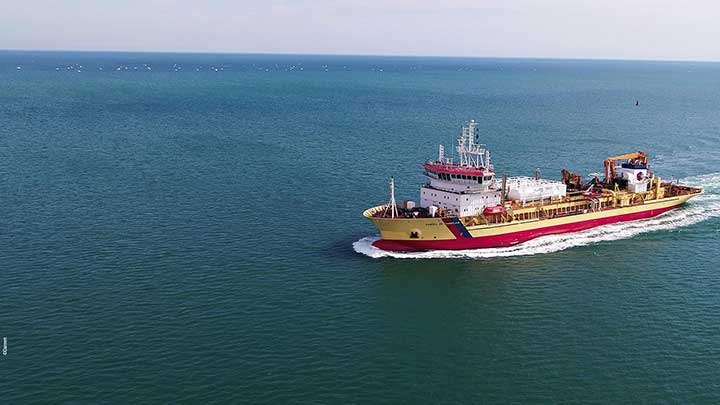
Pioneering retrofit to reduce emissions
First European diesel-powered dredger converted to dual-fuel operation which makes it more energy-efficient and cost-effective.
-

Energy transition – concrete steps to combat climate change
Which future fuel solutions do we need to reach our climate goals? VDMA expert Matthias Zelinger on solutions towards global decarbonization.
-
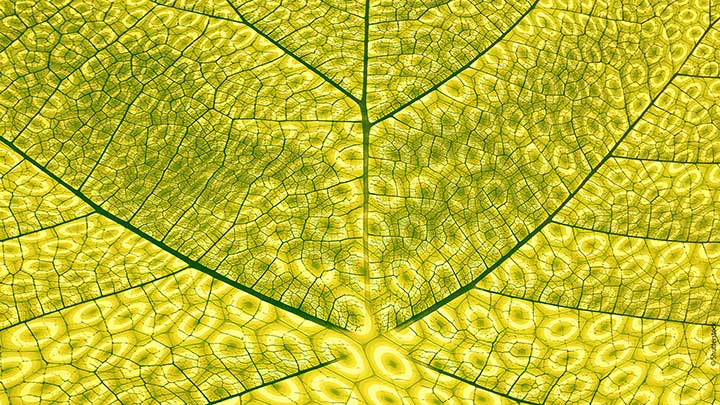
Innovation inspired by nature
By learning from and emulating nature’s solutions, biomimicry can help solve complex human design and engineering problems.
-
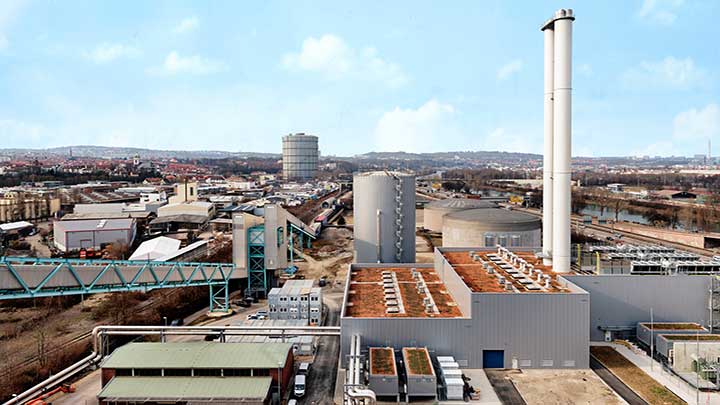
Combined Heat and Power
A new combined heat and power (CHP) plant delivers a flexible and efficient energy solution that saves up to 60,000 metric tons of CO2 per year.
-
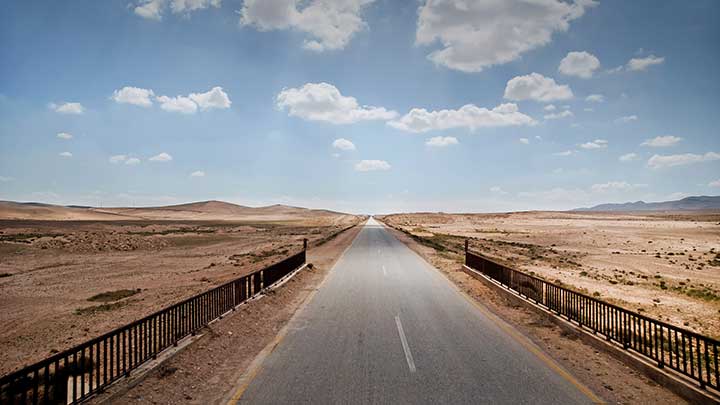
Extreme engineering
MAN PrimeServ provides engineering field service all over the world, sometimes in areas classified as hostile environments. Here’s how engineers work under extraordinary circumstances.
-
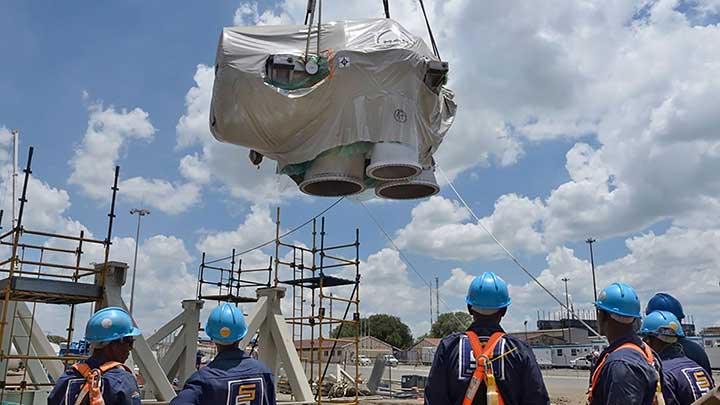
Logistical challenges
We go the extra mile to face logistical challenges, surmount transport obstacles and solve technological problems. Some of our most challenging projects.
-
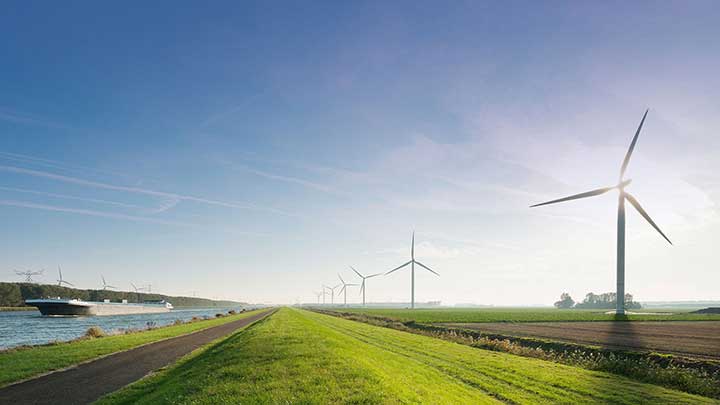
Power-to-X
Power-to-X is the carbon-neutral energy storage and sector coupling technology of the future: Our actions within this decade will decide whether we are able to reach the ambitious goals of the Paris agreement.
-
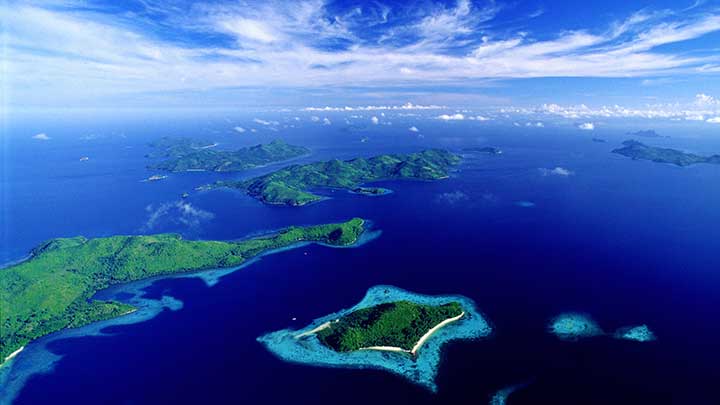
-
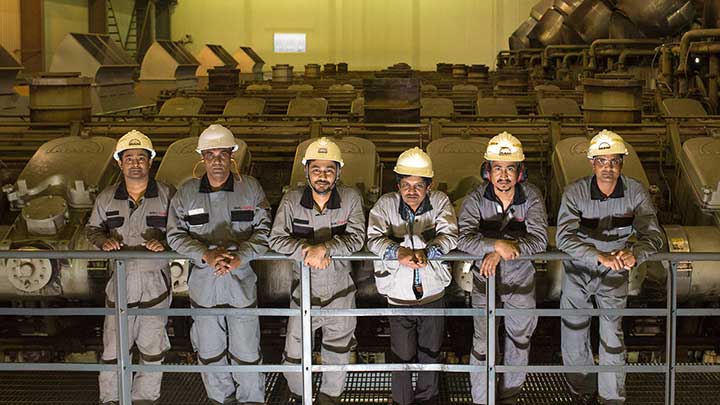
Fueling growth in Bangladesh
A power plant near Bangladesh’s capital is helping the emerging country meet its growing energy requirements.
-
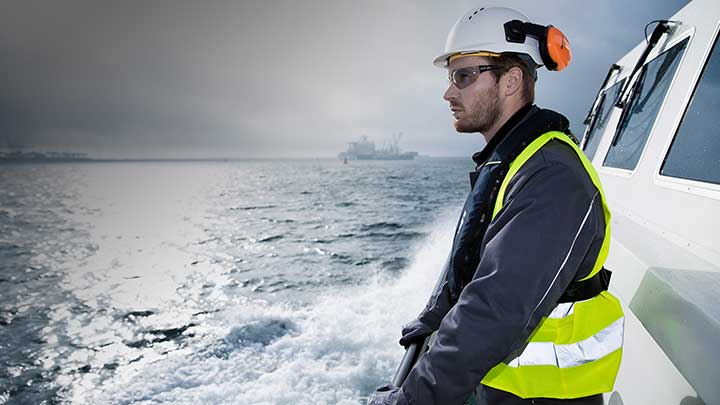
Setting sail for a sustainable future
The IMO sets targets for decarbonization. Here’s how marine shipping can help achieve climate goals.
-
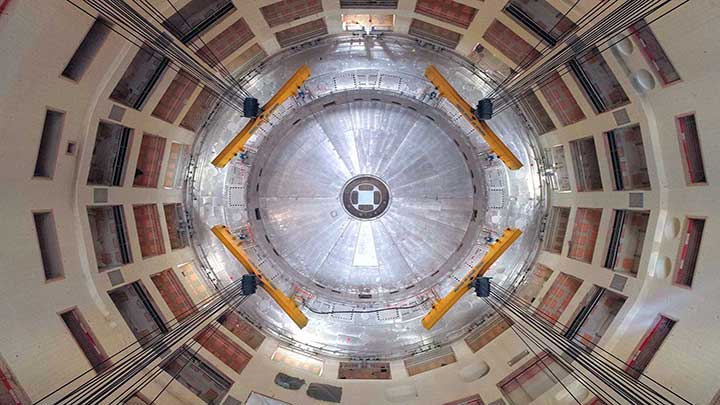
World’s largest fusion reactor
In southern France, a cast of thousands is working to change the future of sustainable energy.
-
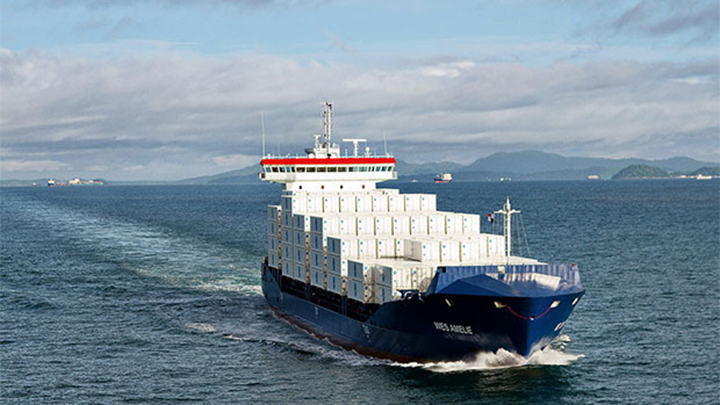
A roadmap to the green zone
The first container ship converted to LNG offers real insight into making the industry carbon-neutral.
